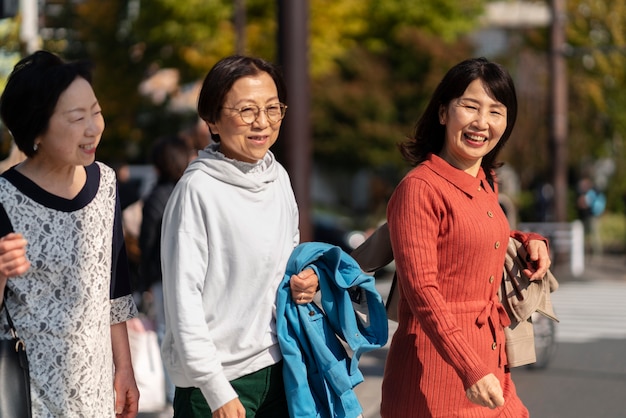
South Korea is currently facing a significant challenge: a persistently low birth rate. For decades, the country has been grappling with declining birth rates, which have serious implications for its economy, society, and future. In this essay, we will delve into the various factors contributing to South Korea's low birth rates and explore potential solutions to address this pressing issue.
1. Economic Factors
One of the primary factors contributing to South Korea's low birth rates is the high cost of living and economic pressures. The country has experienced rapid economic growth in recent decades, leading to increased living expenses, housing costs, and education expenses. As a result, many young couples are delaying marriage and childbirth due to financial concerns. Additionally, the high cost of raising children, including childcare, education, and healthcare expenses, further disincentivizes couples from having larger families.
2. Changing Demographics and Lifestyle
South Korea has undergone significant demographic changes in recent years, including urbanization, increased female workforce participation, and changing societal norms. Urbanization has led to smaller living spaces, making it less practical to raise large families. Moreover, as more women pursue higher education and career opportunities, they are delaying marriage and childbirth to focus on their professional lives. Furthermore, changing societal attitudes towards marriage and family have contributed to a decline in traditional family values, with many young people prioritizing personal fulfillment and independence over starting a family.
3. Demographic Transition
South Korea is experiencing a demographic transition characterized by an aging population and a shrinking workforce. As life expectancy increases and fertility rates decline, the proportion of elderly individuals in the population rises, placing a strain on the country's healthcare and pension systems. Moreover, with fewer young people entering the workforce, there are concerns about future labor shortages and economic stagnation. The combination of an aging population and declining birth rates poses significant challenges for South Korea's economy and social welfare systems.
4. Gender Inequality and Work-Life Balance
Gender inequality remains a persistent issue in South Korean society, particularly in the workplace. Despite advancements in women's rights and gender equality legislation, women continue to face barriers in the workforce, including wage gaps, limited career advancement opportunities, and societal expectations regarding childcare and household responsibilities. Many women feel pressured to choose between their careers and family life, leading some to postpone marriage and childbirth or opt for smaller families. Additionally, the lack of support for working parents, such as affordable childcare options and parental leave policies, further exacerbates the challenges faced by young couples.
5. Government Policies and Social Programs
While the South Korean government has implemented various policies and social programs to address the declining birth rate, their effectiveness has been limited. Incentives such as cash bonuses, childcare subsidies, and parental leave benefits aim to encourage couples to have more children, but they have had only modest success in reversing the trend. Moreover, structural issues such as high youth unemployment rates, precarious job security, and limited access to affordable housing remain barriers to family formation.
Addressing the Challenge: Potential Solutions
Addressing South Korea's low birth rates requires a multifaceted approach that tackles the underlying economic, social, and cultural factors contributing to the issue. Some potential solutions include:
-
Economic Support: Implementing policies to reduce the financial burden of raising children, such as providing affordable housing, childcare subsidies, and tax incentives for families.
-
Promoting Work-Life Balance: Enacting measures to support working parents, including flexible work arrangements, parental leave policies, and promoting gender equality in the workplace to encourage women's participation in the workforce.
-
Investing in Education and Healthcare: Improving access to quality education and healthcare services for families, including early childhood education, maternal and child healthcare, and mental health support.
-
Promoting Family-Friendly Policies: Implementing family-friendly policies in workplaces and communities, such as providing childcare facilities, family-friendly work environments, and support networks for new parents.
-
Changing Societal Attitudes: Promoting positive attitudes towards marriage and family, challenging traditional gender roles, and fostering a culture that values work-life balance and family well-being.
In conclusion, South Korea's low birth rates pose significant challenges for the country's future prosperity and well-being. Addressing this issue requires concerted efforts from the government, businesses, communities, and individuals to create a supportive environment for family formation and ensure a sustainable future for generations to come. By addressing the underlying economic, social, and cultural factors contributing to the decline in birth rates, South Korea can work towards building a more vibrant and resilient society.